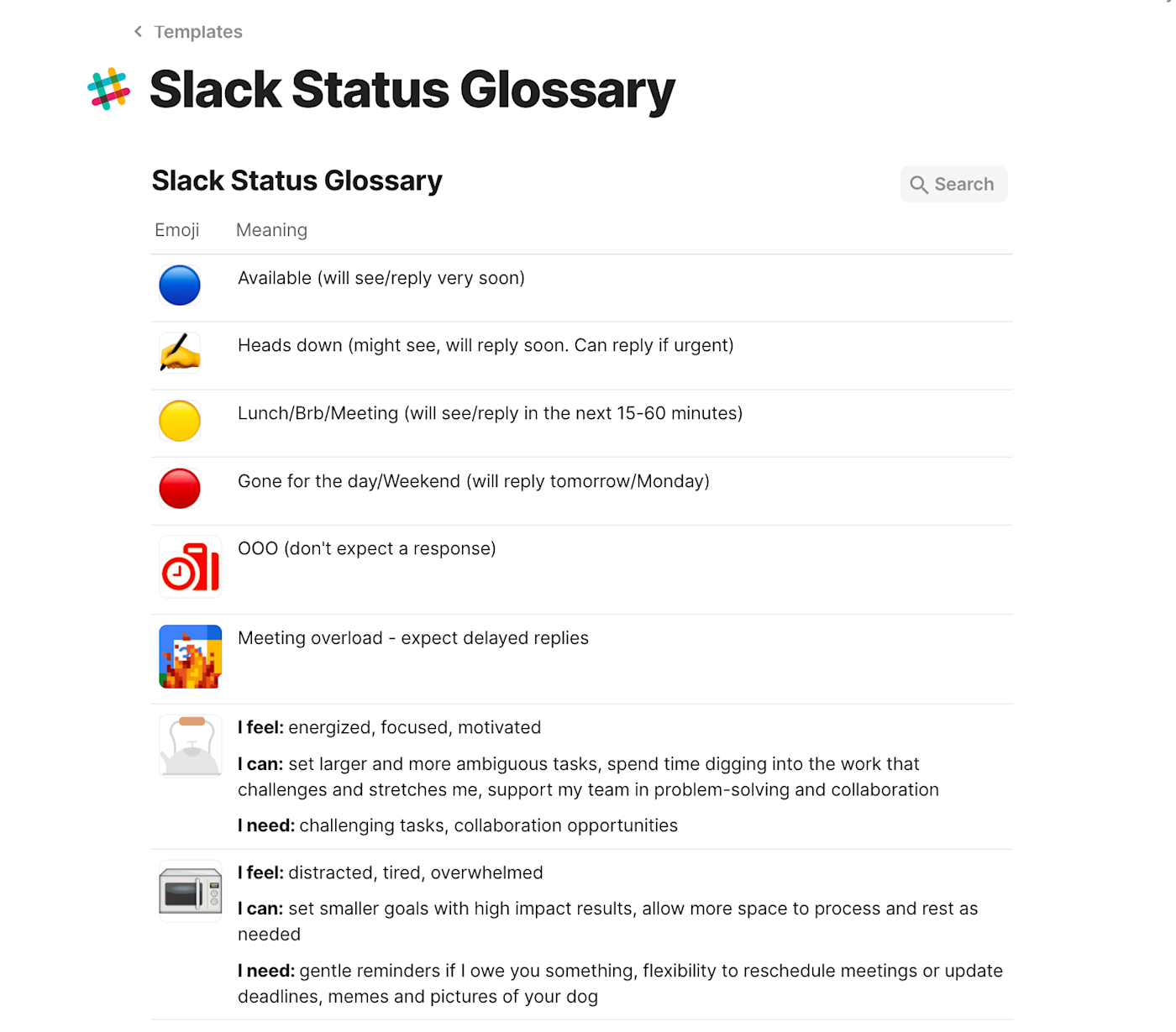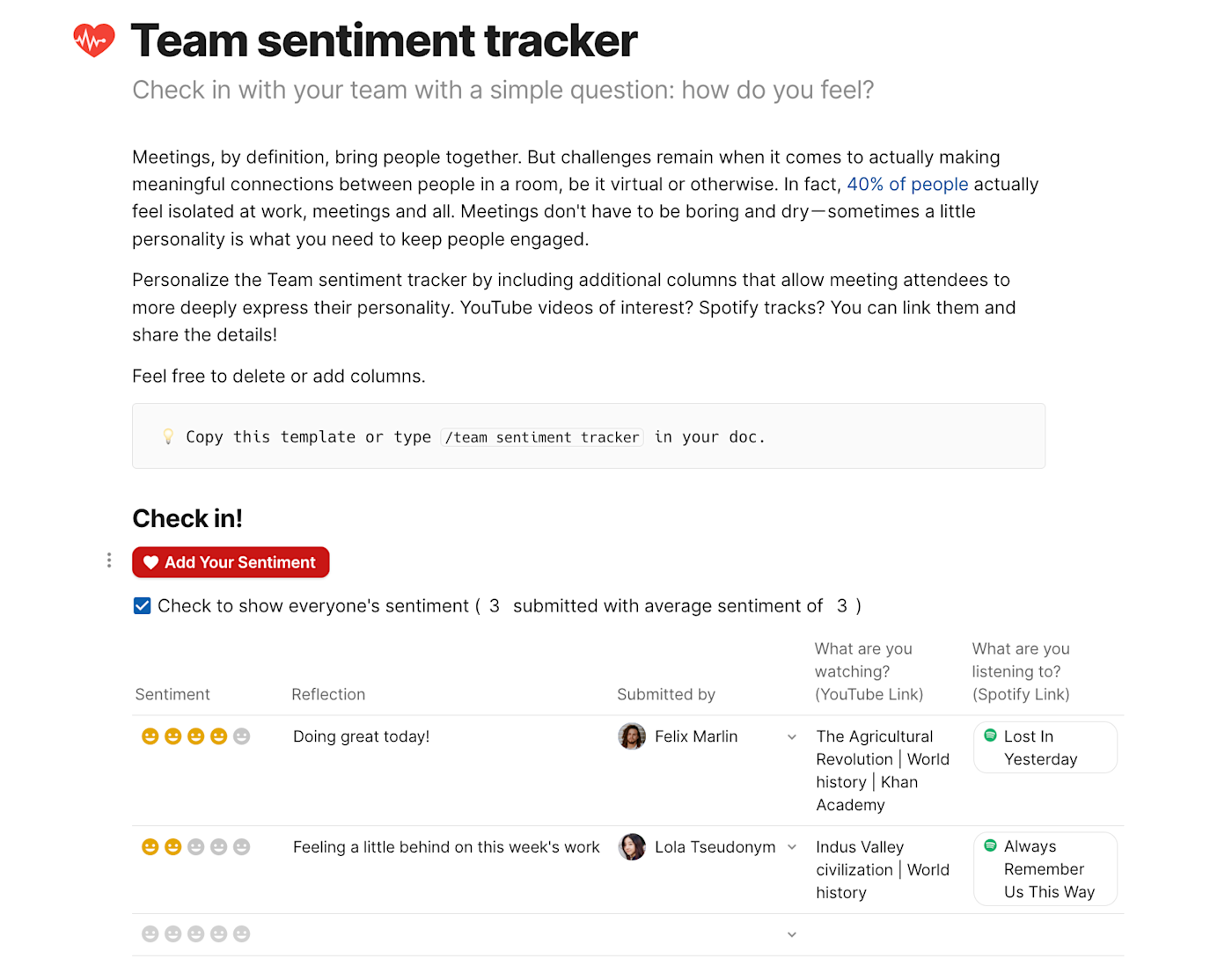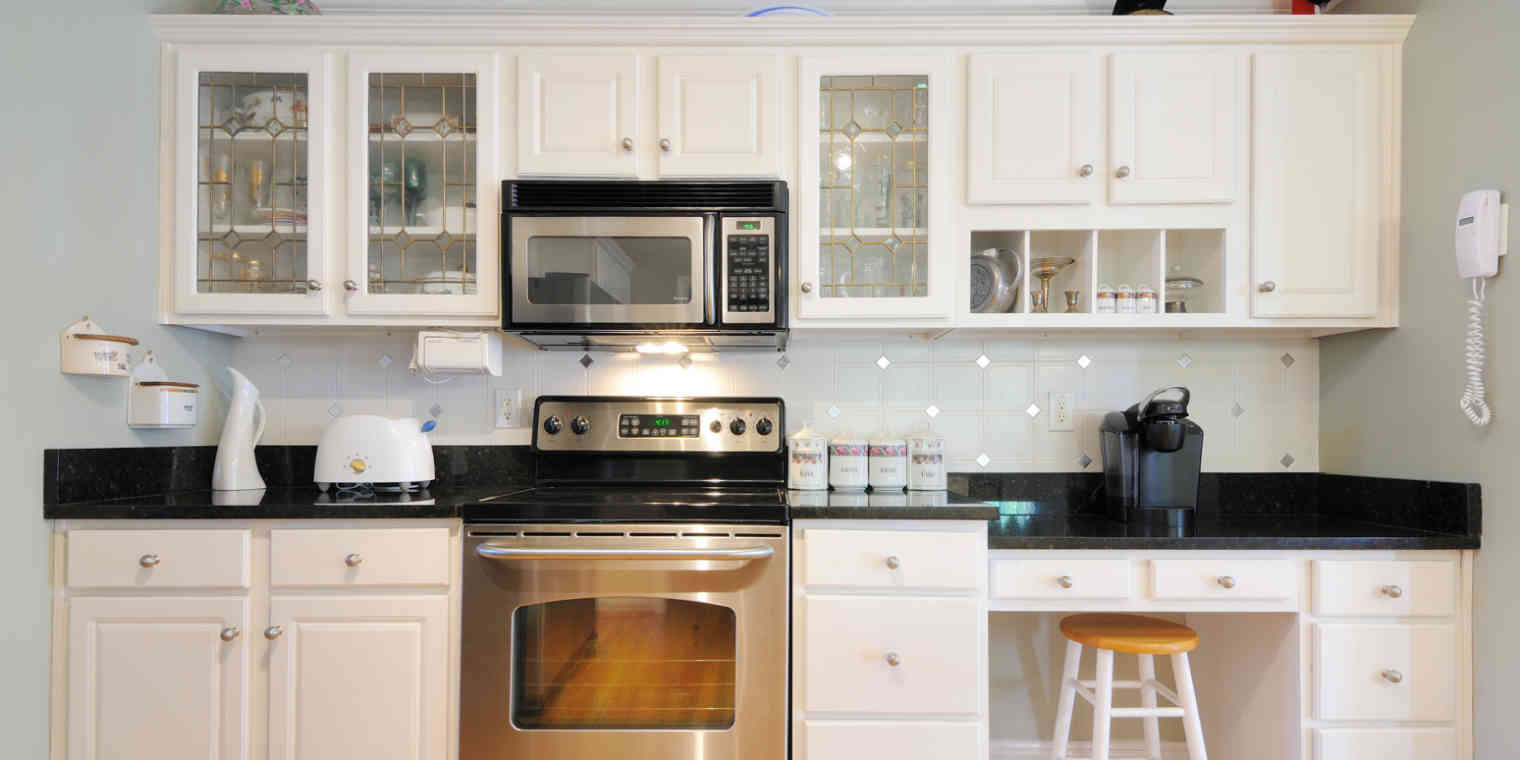"You have to start the day by deciding if it's a microwave day or stovetop day."
That's what my sister told me the other day. She explained: when she wakes up and goes through her morning routine, she checks in with herself. If she's anxious or noticing precursors to her OCD triggers, she boils water in the microwave for her tea. That way, she won't spend the whole workday worrying about whether or not she turned the stovetop off when she used the kettle.
She's using this strategy for a really specific reason, but I loved the idea so much that I've adapted the analogy for myself.
Building empathy
In order to do your best work, you need to have empathy for yourself. While impostor syndrome can seriously get in the way, there are a few tactics you can use to encourage self-empathy.
Start by checking in
Spending some time asking yourself how you're feeling and what you can offer today is a great way to learn your own mind's nuances. Our cognitive abilities flex throughout the day, week, and month—and managing your energy is crucial. So before you dive into your workday, be sure you understand exactly how much energy you have and what you might be capable of that day.
Encourage acceptance
It doesn't really matter if boiling water comes from a microwave or a kettle. You might have a preference, but you get a hot cup of tea either way.
Recognizing the amount and type of energy you have to offer is the first step, but to really succeed, you need to accept whatever the answer is. Trying to push back against your instincts can be anywhere from inconvenient to disastrous.
Give yourself permission to adapt
Sure, it might have been your plan to do four hours of deep-focus, detail-oriented work this afternoon. But if you've checked in with yourself and accepted the results of that check-in, you can choose different tasks or work for that day. As long as you have an employer and role that offers this kind of flexibility, allow yourself to rearrange your work throughout the week to best meet you where you are.
Get your team involved
Self-empathy is a great start, but building practices like these across your team and company can help foster a culture of empathy. (One of our core values at Zapier is "empathy over ego.")
On the recruiting team here at Zapier, we've started doing this in a few ways.
Creating space in meetings
Some of our meetings start with a round of state-of-the-mind questions. These are a quick pulse-check on how folks are feeling today and this week. Depending on where and how you do your meetings, you can do this in a number of ways:
Use a Slack poll with rating scales
Use emoji reactions in Zoom
Have everyone send a GIF that represents their state of mind
Or, you know, talk to each other!
Developing signals for energy levels
I'd suggest creating shared meanings for a few emojis with your team to use in your team chat app. At Zapier, this allows us to communicate our needs and boundaries without making a big announcement. It also lets team members support each other and plan collaboration effectively—again, without a splash. Might I recommend adding custom microwave and kettle emoji to your Slack workspace?
Encouraging authentic empathy
We're all people, and people are beautifully inconsistent. Our focus, creativity, recall, listening skills, and all the other things that we bring to the table show up differently each day. Letting people know that they're appreciated and seen for who they are that day goes a long way to building a strong, trusting team.
To help cement these practices—and more—my team has been using some Coda templates, which make these systems more consistent (and create documentation, while we're at it).
For example, I started a Slack status glossary, which helps everyone better understand what certain statuses mean.

My coworker made (and I adapted) a check-in template for meetings that we use at the beginning of each meeting to see how everyone's doing.

And Coda has this pre-made team sentiment tracker that you can use for check-ins too.

However you go about it, building these kinds of practices into your team's daily routines will help everyone better understand their limits—and their teammates'—to create an overall more productive and supportive team.
Related reading:





